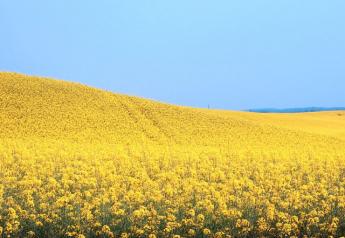John Phipps: The Surprising Solution to Prevent Deadly Dust Storms in the Future
USFR-JOHNSWORLD
Last Monday, high winds and dust proved to be a deadly combination for unfortunate motorists on I-55 about a hundred miles west of my farm. Proponents of no-till and cover crops rightly pointed out that if those practices were more common, this tragedy could have been averted.
More crucially, traffic visibility hazards may increase. Average wind speeds are increasing globally, likely due to climate changes. This may not have been noted except for the growth of the wind energy industry, where vastly more data is now available.
Regardless, the tillage trend is and has been for years toward tillage and away from no-till. Cover crops were used on about 40% of cropland in 2021, but that was only among farmers who used any conservation practice. The percentage for all farmers was not revealed and doubtless lower. Nonetheless I doubt tillage trends will reverse for solid reasons.
First and most importantly, no-till and cover crops are totally dependent on chemicals. No-till was barely known until glyphosate, for example. Consequently, while weeds continue to find ways to outwit herbicides, none have proven resistant to steel.
Second, as outlined recently in Farm Journal, long-term no-till stratifies nutrients into the top inch of the soil. Roots need food farther down. Third, the economics of tillage choices is a moving target, affected by yield differences (an argument I will not join) and input costs. Right now, a $9 trip with a 30 year-old finisher beats a $50 herbicide application on our farm.
Finally, barring rigorous, enforced regulation such as loss of crop insurance subsidies, there are few ways to make farmers change their ways, even to overwhelmingly more environmentally beneficial practices. The other stick that could be used is litigation against farmers when harm comes to others, like this sad event. Liability insurance premiums could soon reflect such hazards.
Oddly, there is a practical solution to reduce traffic accidents caused by weather conditions – autonomous or at least guidance-enhanced vehicles. That technology kept me where I should be this dusty spring when working occasionally blind in the field.
Improvements in sensors like lidar and GPS location accuracy will eventually make such unfortunate occurrences rare as our vehicle fleet gradually adds these features.
It will take a decade or two, but will probably faster than agreement by farmers on how to farm responsibly.
Read More:
Illinois Dust Storm Blinds Drivers, Causes Fatal Chain-Reaction Crashes
Digging Into the Culprit of the Rare and Unusual Illinois Dust Storm







